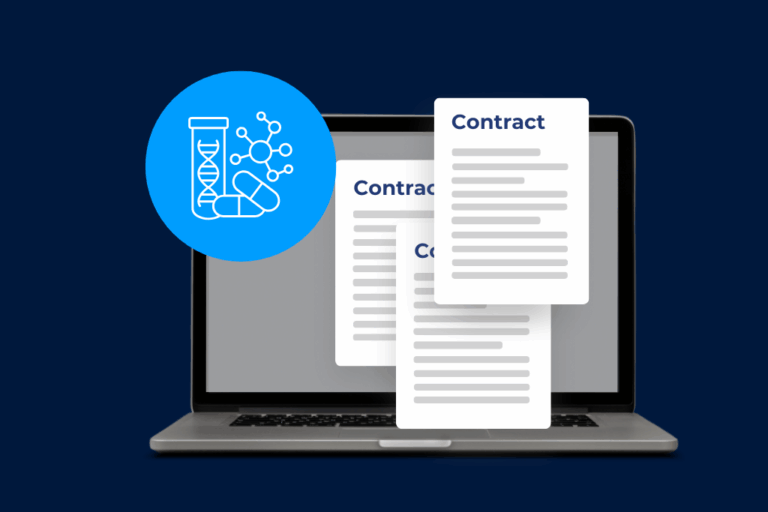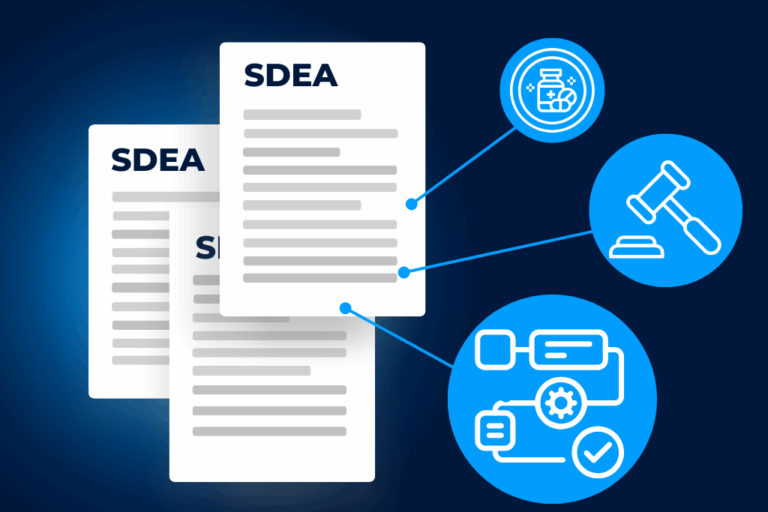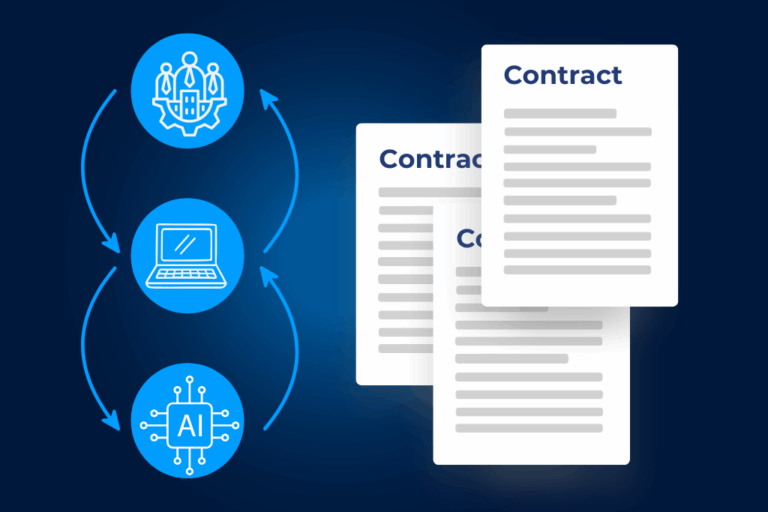Contracts rule the business world: they directly affect revenue, create obligations, shape a company’s legal health, and more. Yet despite this impact, many still struggle to clearly understand how much contracts actually cost. Costs often appear as value leakage or lost revenue, for example. In this context, the key lies in understanding your contract’s ROI (Return on Investment).
In this article, we explore why CLM ROI is essential to effectively managing contracts, because without it, you are essentially working in the dark.
When contracts are a black box
Let’s picture a classic scenario. You’re part of an internal legal team handling hundreds of contracts each month, working closely with other business units. You have a clear view of requests and processed contracts, but something is missing.
The financial impact of contractual bottlenecks is harder to grasp. As a result, breaking down contract costs (and understanding how they directly affect business goals) is difficult. It’s like a black box: resources go in, deals come out, but what happens in between?
Back in 2019, an IACCM study revealed that only 22% of companies felt confident in their ability to manage and track contracts. While that figure may have shifted since, one of the toughest challenges remains costs. This is partly because legal teams often treat “tracking” as a matter of time, when in fact it has ripple effects across much more.
Where costs impact business
We can divide the true costs of contract management under different categories, all of which ultimately have a financial impact on business objectives:
Time
This one’s classic, and most teams have it in mind before, during, and after the rollout of a CLM solution. Time can be spent on reviews, on back-and-forths, on approvals, and much more. You probably get where we’re going, familiar with the saying time is money?
How does this affect revenue and business objectives? Delays of any sort can generate revenue leakage, also delaying revenue recognition during a contract signature, for instance.
Manpower
Every contract involves people. From legal, procurement, finance, sales, and at times external counsel. Too often, high-value time is consumed by low-value tasks because of poor visibility and little contract automation. Even when outside counsel is brought in to free capacity, the result is the same: money spent that could have been avoided.
How does this affect revenue and business objectives? Every penny spent on either external counsel to fill-in on low impact work, or time spent by senior teams on admin work represents a cost.
Legal penalties
Missed obligations, overlooked renewal clauses, or compliance gaps all carry financial consequences. These range from automatic fee penalties to litigation costs or regulatory fines.
How does this affect revenue and business objectives? Penalties drain profit directly and, in some cases, expose the company to reputational damage that limits future business opportunities.
More than savings, a competitive edge
ROI knowledge is not just about internal efficiency. It also defines how you perform against competitors.
Companies can significantly optimize costs by improving contract processing time or outside counsel management, but how do they even know that’s where the costs go? Because they know their ROI and where the value is leaking.
Furthermore, let’s not forget that legal teams still tend to be seen as cost centers, so having a clear idea of potential contract ROI will also improve the recognition of the legal function, and can even help you make your case to get a CLM solution.
By contrast, organizations that cannot quantify ROI often struggle to prove the value of their legal function and fall behind in speed and agility.
Turn perception into proof
Many general counsel and legal operations leaders suspect that contracts take too long and cost too much. But suspicions do not win C-Suite approval. Evidence does.
By knowing your contract’s ROI, with realistic ROI tools, anecdotal information turns into quantifiable data points:
When you can present ROI in numbers, the conversation shifts from complaints to business intelligence. It is no longer about whether contracts feel inefficient. It is about showing exactly how much is lost, and how much can be saved.
Let your contracts take center stage
Managing contracts without ROI insight leaves you without direction. You might keep things moving, but you won’t know if you are on course, overspending, or exposing the business to risk.
The first step toward control is clarity: understanding exactly where money, time, and risk are hiding in your contracts. To get there, you can calculate your potential ROI with advanced free tools, such as the brand new DiliTrust ROI calculator.



